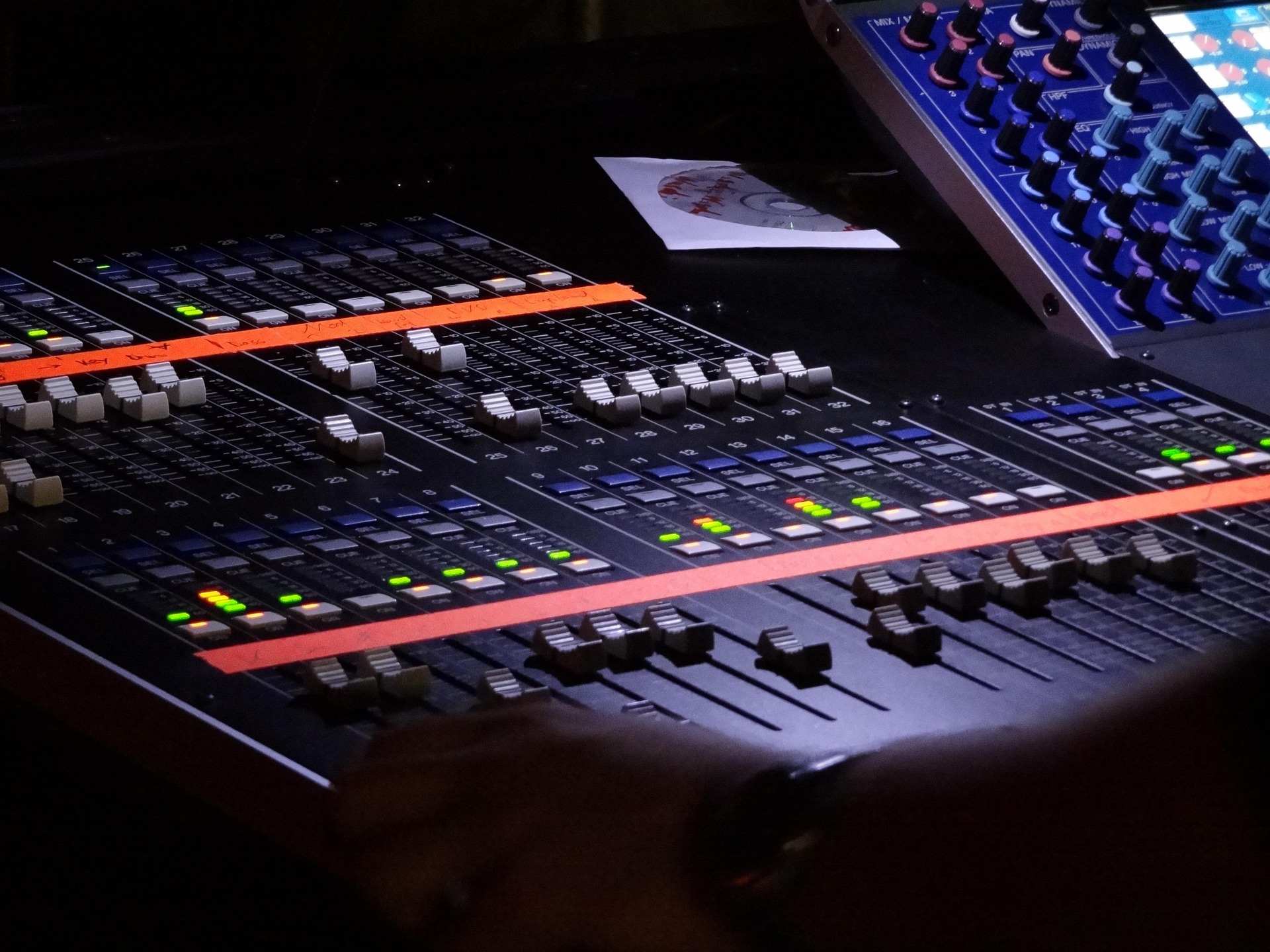
If you're a voice actor looking to get into Talk Radio and News Imaging, here's what you need to know: it’s not about being the loudest voice in the room. It’s about being the voice that sounds like it actually knows what it’s talking about, without making listeners feel like they’re being lectured by a human version of a PDF. In short: you’re not auditioning for a Marvel trailer. You’re auditioning to be the voice people trust to explain why traffic’s backed up for 12 miles and which senator just said something slightly unhinged on live radio.
Let’s be honest, talk radio and news imaging doesn’t get the flashy love other formats do. There are no laser sound effects. No rock guitars announcing the morning zoo crew. You’re not shouting “Sunday! Sunday! Sunday!” to sell dirt bikes or discounted mattresses. (Though hey, if that’s your lane, you do you.) This space is all about calm authority. You're the voice that shows up between segments to smooth the transitions, keep the tone consistent, and gently whisper to the audience, “Hey, we’ve got this.” You’re the professional glue between chaos and clarity. The pacing? Measured. The delivery? Confident, but never cocky. The energy? Like a barista who’s had just the right amount of coffee - not zero, not six espressos.
Here’s the kicker: listeners don’t always notice imaging until it’s done badly. Then they really notice. A jarring tone shift, a rushed delivery, a voice that sounds like it's reading from an IKEA manual, all of that can break the flow of a solid broadcast. Great Talk Radio and News Imaging sounds like it’s been there for years. It’s familiar. It doesn’t panic. It speaks with authority, not attitude. It’s basically the radio version of your friend's calm mom who somehow got everyone to eat vegetables and finish homework. As a voice actor, that means dialing back the drama and amping up the clarity. Your job isn’t to stand out, it’s to make the station feel seamless.
Pacing matters in radio more than people realize. A segment intro that comes in half a beat early can feel like a car hitting a speed bump. Come in late, and the audience is already checking their phones. In Talk Radio and News Imaging, timing is everything. Whether you’re cueing up a commentary segment, teasing an upcoming guest, or closing out an hour, your voice should guide the rhythm, not interrupt it. That means being tight with your timing, even if you recorded the tag in your pajamas (which, let’s face it, most of us did).
One of the biggest mistakes voice actors make in this genre is trying too hard. This isn’t the time for quirky character voices or dramatic pauses that last longer than a Netflix intro countdown. Keep it clean. Keep it crisp. Sound smart but never smug. Your tone should say, “Here’s what’s coming up,” not “Gather ‘round, children, for I shall now explain the economy.”
Here’s a weird truth: the better you are at Talk Radio and News Imaging, the less people will notice you. That’s not an insult, it’s a compliment. If you do your job right, listeners will feel like the station just works. Everything flows. Nothing feels out of place. What about your voice? It’s part of that experience. You’re not the show. You’re the infrastructure holding it together and that takes skill, not just in delivery, but in understanding tone, pacing, and what the audience needs in that exact moment.
If you’re a voice actor looking to land imaging gigs in this space, focus on sounding like someone people want to hear from when the news is overwhelming, the talk is intense, or the sports segment goes off the rails (looking at you, call-in guy named Randy). Talk Radio and News Imaging isn’t about flashy intros or voice acrobatics. It’s about being reliable, steady, and human. So warm up your voice, adjust your timing, and maybe, just maybe, leave the movie trailer voice at the door. Because here? We’re not saving the galaxy. We’re just helping people get through drive time without losing their minds.
Want to Work in Talk Radio and News Imaging? by Alan Shires